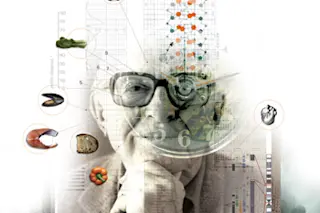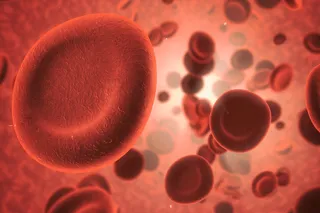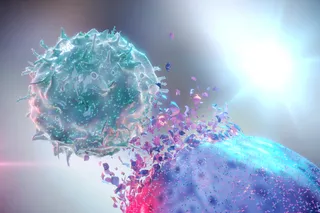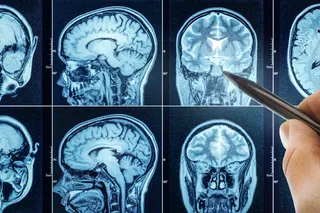How long would you like to live? Three score years and ten, as the Bible suggests? Long enough to see your great-grandchildren graduate from college or get married? Longer? Forever? Or maybe you would settle for living as long as humanly possible—a span which might depend on how young you are now, and hence how likely you are to reap the benefits of longevity breakthroughs to come.
Before you answer, you also need to consider what you are willing to do for those extra years. Are you willing to religiously eat right—however nutritionists currently define “right”—or even semi-starve yourself? Exercise, either moderately or intensely, depending on the wisdom of the day? Are you prepared to take resveratrol or coenzyme Q10? Add the proper dose of green tea to your diet? Would you give up coffee? You name it, someone has probably suggested it over the years as a means of ...















